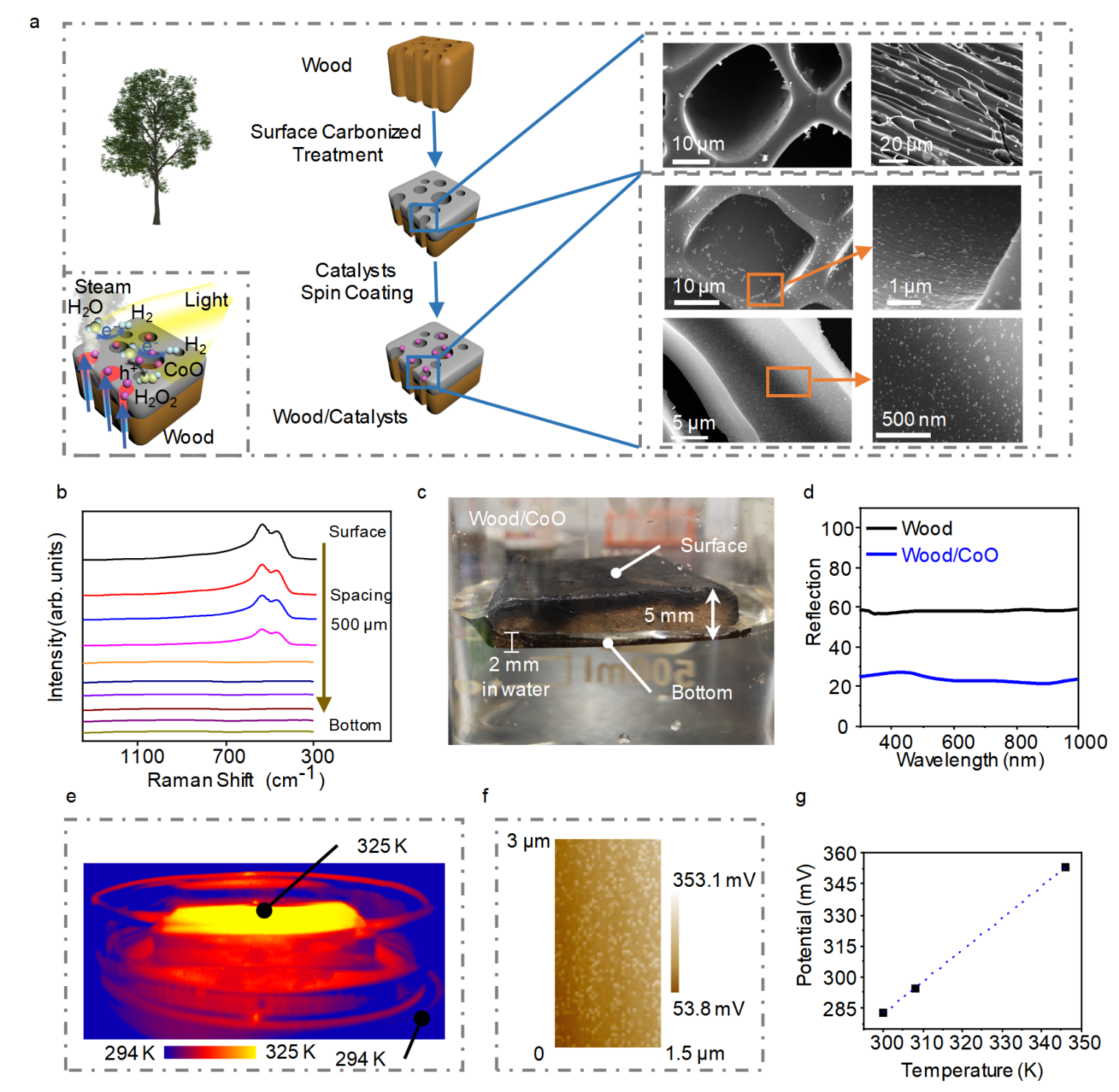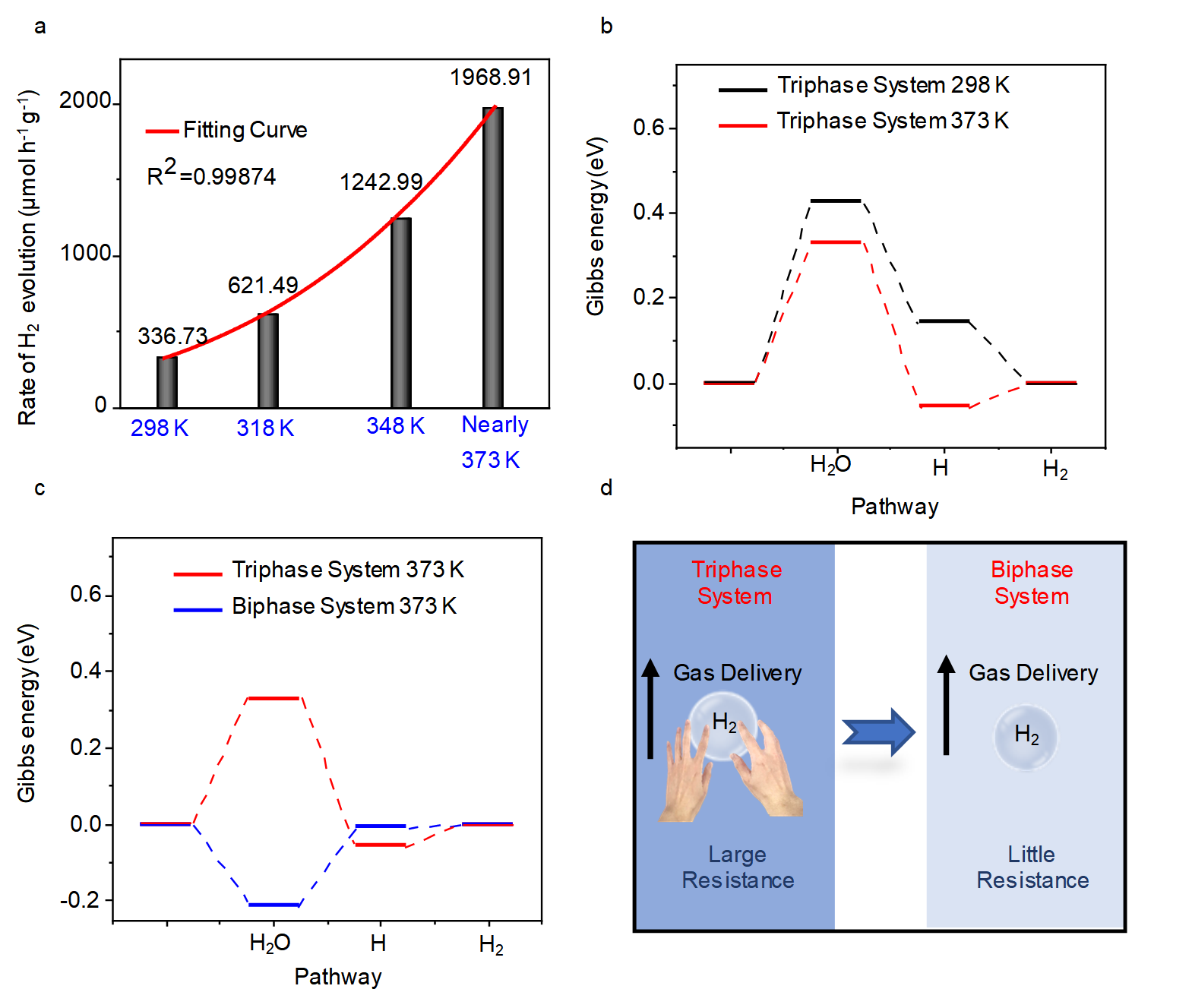Solar-driven hydrogen production from water is a potentially efficient way to address the environmental problems and global energy crisis of fuel production. Therefore, an efficient and rapid photocatalytic hydrogen-production method is urgently needed. There are three main types of solar-driven hydrogen production systems: particulate photocatalysis, photovoltaic-assisted electrolysis (PV-E), and photoelectrochemical cells (PEC), where the particulate photocatalysis is predicted to be more cost-effective than the other two systems. Unfortunately, the solar to hydrogen conversion efficiency in particulate photocatalysis remains low though many strategies, including structural and defect engineering, plasmonic effects, and elemental doping, have been discussed to improve photocatalysts’ optical absorption and photo-induced charge separation and transport.


Professor Li Xuanhua in School of Materials Science and Engineering, NPU and the cooperation partners propose an efficient biphase photocatalytic system composed of integrated photothermal-photocatalytic materials that use charred wood substrates to convert liquid water to water steam, simultaneously split to hydrogen under light illumination without additional energy. The new photocatalytic system differs from the triphase interfaces of liquid water/solid photocatalyst/hydrogen gas, to realize the biphase interfaces of gas water/solid photocatalyst/hydrogen gas. This biphase system thermodynamically reduces the interface barrier in the adsorption process, and kinetically lowers the hydrogen gas's transport resistance against the environment. As a result, an impressive hydrogen production rate up to 85604 μmol h-1 g-1 in the particulate photocatalytic systems has been achieved based on the wood/CuS-MoS2 hetero-photocatalyst system, demonstrating that the photothermal-photocatalytic biphase system is cost-effective and greatly advantageous for practical applications.
The related work is entitled “Boosting photocatalytic hydrogen production from water by photothermally induced biphase systems” to publish in Nature Communications (DOI:10.1038/s41467-021-21526-4) and is featured in a Editors’ Highlights webpage. Guo Shaohui is the first author, and the Northwestern Polytechnical University is the first unit. This work is supported by the 310 project from Northwestern Polytechnical University, the analysis & testing center of Northwestern Polytechnical University, and the analysis & testing center of Shaanxi Province. The link: https://www.nature.com/articles/s41467-021-21526-4
Editor: Guo Shaohui
Reviewer: Wang Hongqiang, Liu Wei